Seedbank News

Restoration Collection target species lists have been recently updated for the 2023 collecting season!
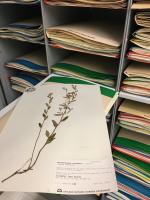
Collecting and preparing an herbarium specimen to serve as a voucher for the correct identification of a seed collection is an important part of the seed banking process. The basic steps for making a good herbarium voucher specimen are given here:
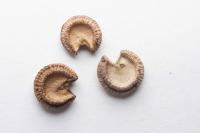
Moonseed (Menispermum canadense) is a fairly common native plant in the Midwest but after years of collecting for the Seed Bank, the very first collection was made this year. Read why it took so long to make this seed collection.
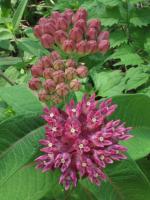
Uncollected targeted species are often ones that do not meet our collecting protocols. We have made changes to our collecting protocols so that these important species can be collected for the seed bank without compromising the genetic diversity of the source population.
Photo credit: Lady Bird Johnson Wildflower Center
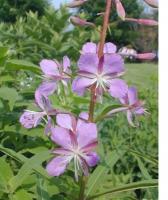
There are almost as many ways to clean seeds as there are species that produce them. This is primarily due to the great diversity of fruits that contain them. Some seeds are easier to clean than others. Fireweed (Chamerion angustifolium) is one that requires several steps. The degree or extent of the cleaning process should also be addressed. The Seed Bank requires seeds to be cleaned to the extent that all viable seed in a collection are retained.
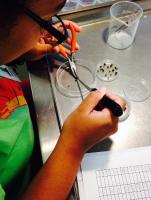
Since storing seeds of native plants long-term in seed banks is a relatively new idea we can only guess at their longevity under these conditions. It is necessary to test seed accessions periodically for viability by germinating them. Germinating seeds that have been stored cold and dry can be problematic, especially for those species that are difficult to release from their dormancy. Fortunately, the Dixon Seed bank has many duplicate accession at the Millennium Seed Bank in the UK where seeds are systematically checked for viability. We have performed some test on seeds that were not sent to the UK and some of the results of those tests are described in the attached report.
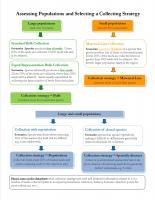
For many species in the tall grass prairie region, their populations are small and the goal of a minimum of 3000 seeds per collection is difficult, if not impossible, to meet. However, the conservation of these species is just as important as other species that can easily be collected at these numbers. We have established new collecting protocols so that these "difficult" species can be collected without compromising the genetic diversity of the collections. These protocols have changed slightly since this news item was first posted.
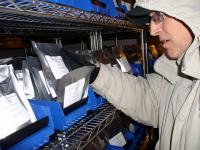
Although seed preservation is an important part of seed banking, seed collections are not locked away indefinitely. A portion of each seed collection is available for selected conservation projects and potential germination testing to monitor the viability of our seeds over time.







